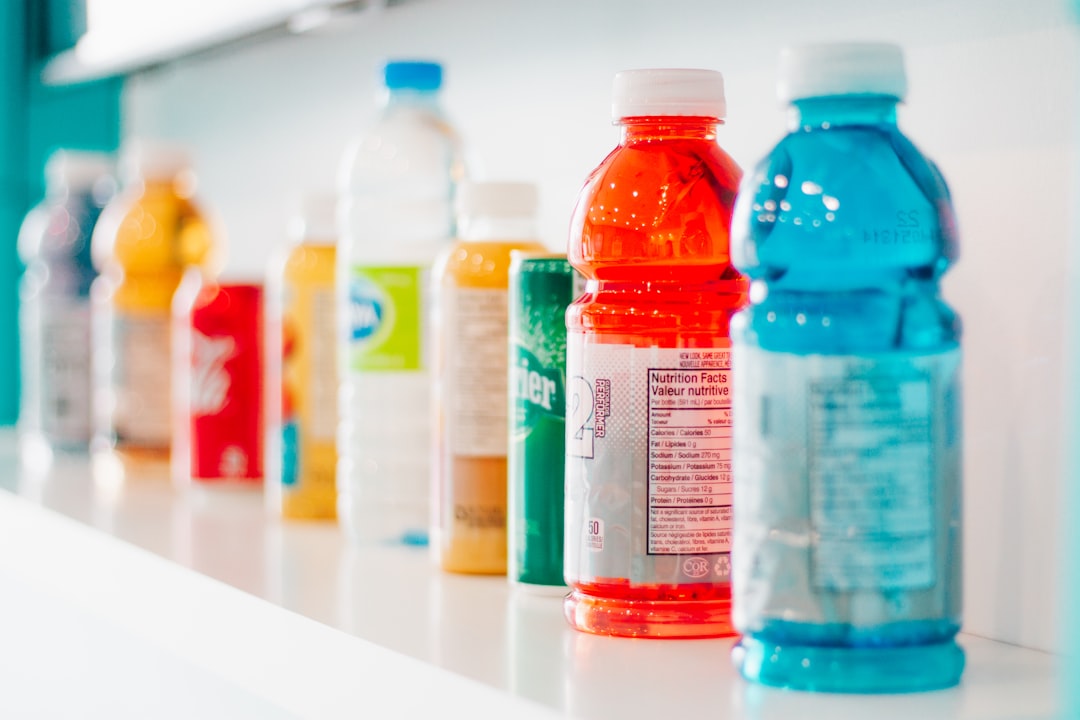Q: Do I need to be taking in electrolytes? Especially sodium?
I get questions about electrolyte supplements a lot lately – there has been an uptick of new products on the market recently, and sweaty summer runs and workouts are in full swing. Electrolytes in general (especially sodium) are also a hot topic on social media, and as with most nutrition-related hot topics on social media, there is a healthy dose of co…



